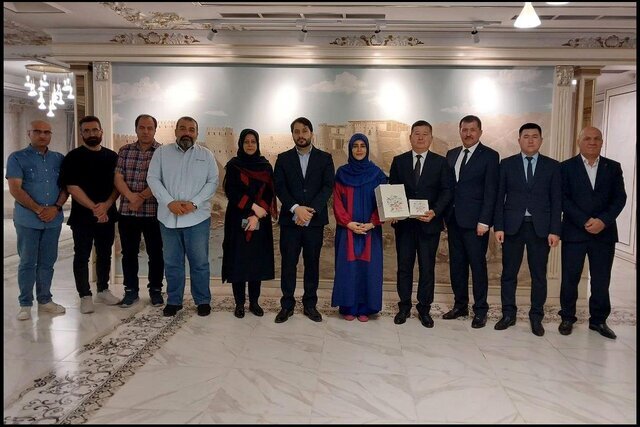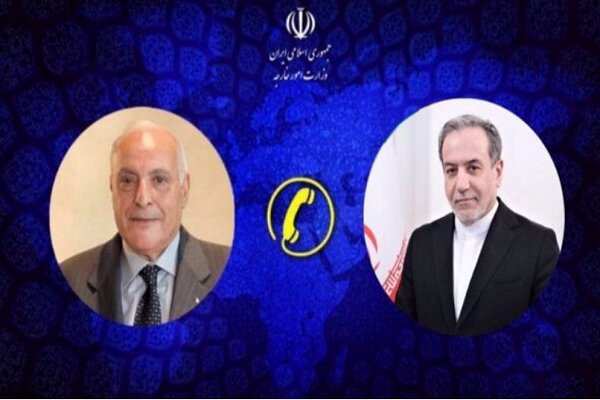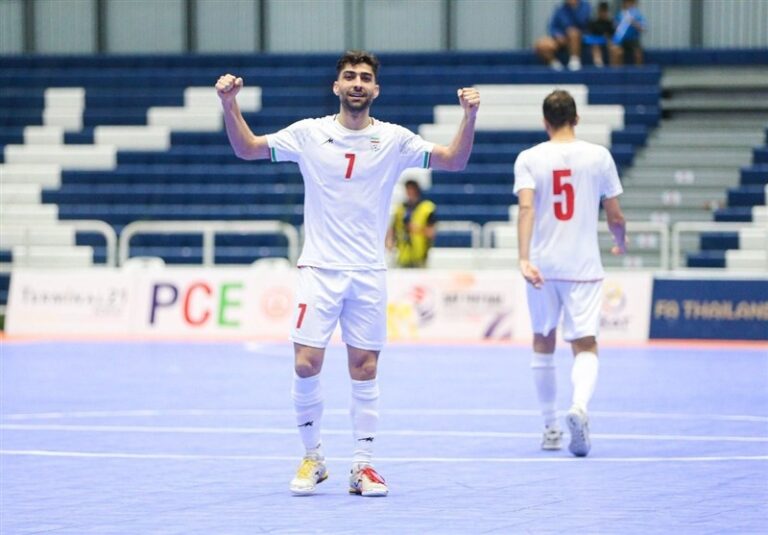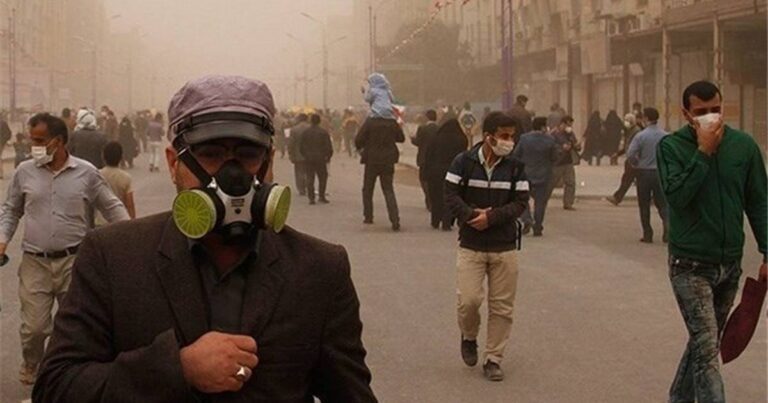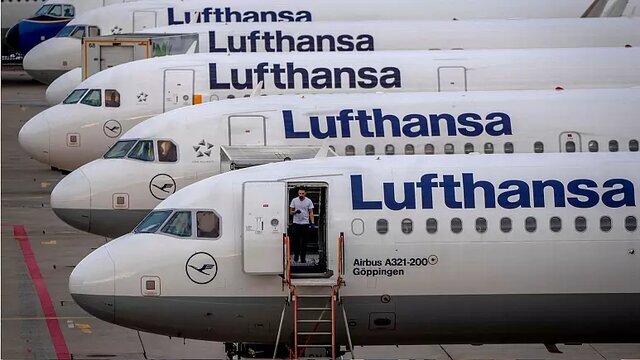Iran and Uzbekistan Set the Stage for Exciting Theatrical Collaboration
In an exciting development for cultural diplomacy, Nadereh Rezai, the Iranian Deputy for Artistic Affairs at the Ministry of Culture and Islamic Guidance, recently concluded a productive visit to Tajikistan. This visit, which took place during the International Festival of Professional Theaters in Dushanbe, highlights the growing collaboration between Iranian and Central Asian countries, particularly Uzbekistan. The discussions focused on the cultural and artistic ties that unite these nations and pave the way for future artistic endeavors.
During her visit, Rezai met with notable representatives from Uzbekistan, including the Minister of Culture’s representative and the head of the Grand Theater of Samarkand. The meeting emphasized the rich historical and cultural connections between Iran and Uzbekistan, particularly through iconic cities like Samarkand and Bukhara. Rezai stated:
“I and my colleagues in the General Directorate of Dramatic Arts, the Office of Music, the General Directorate of Visual Arts, and the Office of Education and Planning are ready to carry out activities in the near future, by reviewing the proposals for joint cooperation between Iran and Uzbekistan, to advance artistic goals, especially the performance of works.”
This statement underscores the commitment of both nations to explore their cultural commonalities through various artistic channels. Rezai expressed optimism that this collaborative effort could mark the beginning of a new era in the artistic relations between Iran and Uzbekistan.
The Uzbek official echoed these sentiments, stating:
“What is of great importance to me is the planning and execution of various programs, especially in the field of theater, which can be the beginning of new activities in the field of artistic commonalities between the two countries.”
This mutual enthusiasm for collaboration bodes well for upcoming projects. The Uzbek representative further emphasized that:
“I am sure that given the desirable quality of Iranian theatrical works, numerous events can be held in both countries.”
Both parties are eager to move forward with plans to sign a cultural and artistic memorandum of understanding, which would formalize their commitment to collaborative projects.
Earlier in the week, Rezai also met with Tajikistan’s Minister of Culture, Matlubakhon Sattoriyon, to discuss strengthening cultural and artistic ties between Iran and Tajikistan. Their discussions were centered around:
- Expanding collaborative efforts between the two nations.
- Highlighting shared cultural commonalities.
- Recent progress following a presidential visit.
Both officials expressed a strong desire for a new phase of cooperation, with Rezai proposing to invite Tajik artists to participate in Iran’s prestigious Fajr Festivals in 2026. This proposal includes:
- Joint music projects featuring performances of Rudaki’s poems by an Iranian ensemble.
- Showcasing performances by the son of the late maestro Davlatmand Kholov.
Moreover, the potential for creating joint student music ensembles was discussed, along with mutual invitations for cultural visits. This focus on collaboration emphasizes the close artistic friendship and shared heritage between Iran and Tajikistan, reinforcing the significance of cultural exchange in fostering stronger ties.
The prospects of these partnerships illustrate the power of the arts in bridging cultural gaps and enhancing understanding among nations. As Rezai and her counterparts continue to explore these opportunities, the future of cultural relations among Iran, Uzbekistan, and Tajikistan appears bright and full of promise.
In conclusion, the dialogues initiated during the International Festival of Professional Theaters not only highlight the commitment of Iranian and Central Asian countries to cultural exchange but also set the stage for innovative artistic collaborations in the years to come. As these nations work together, they will undoubtedly enrich their cultural landscapes and foster a deeper appreciation for their shared histories and artistic legacies.
